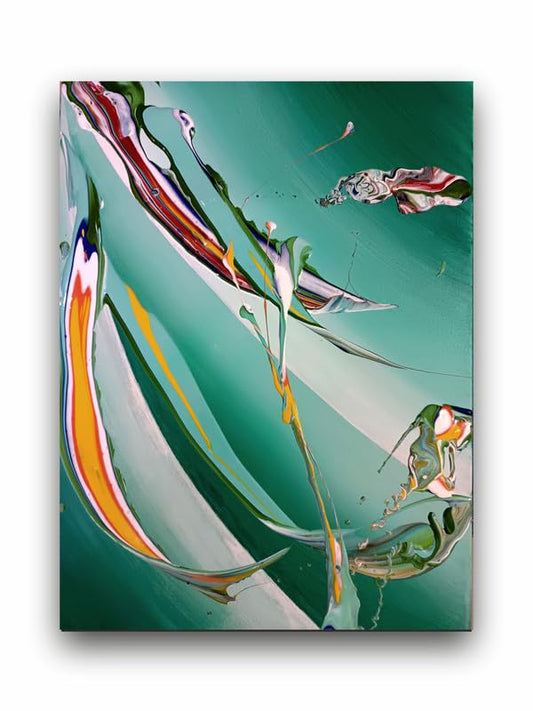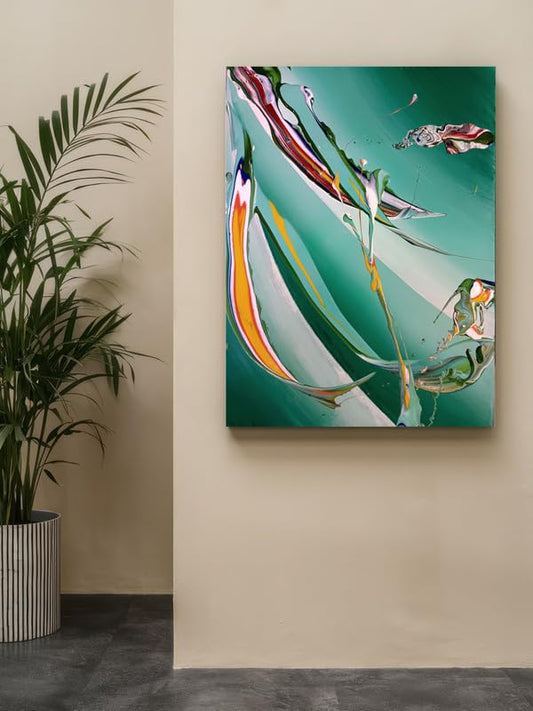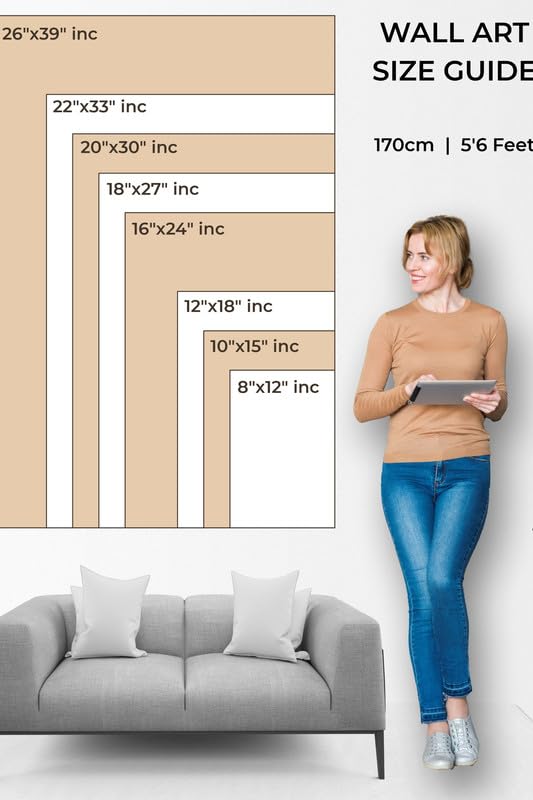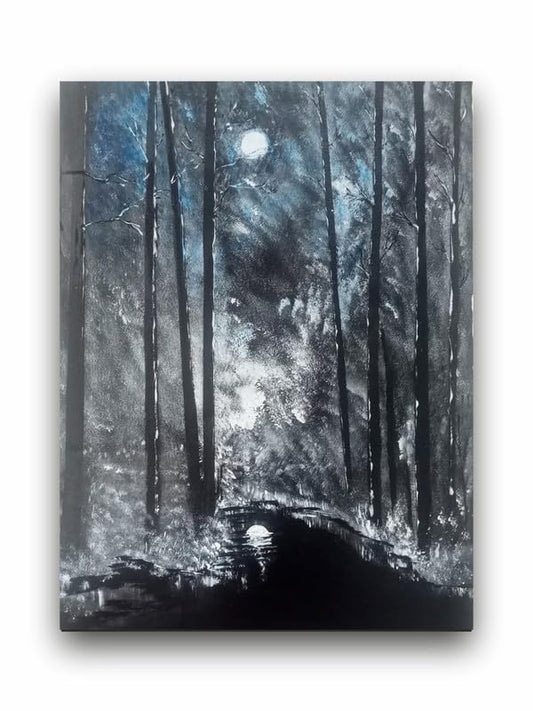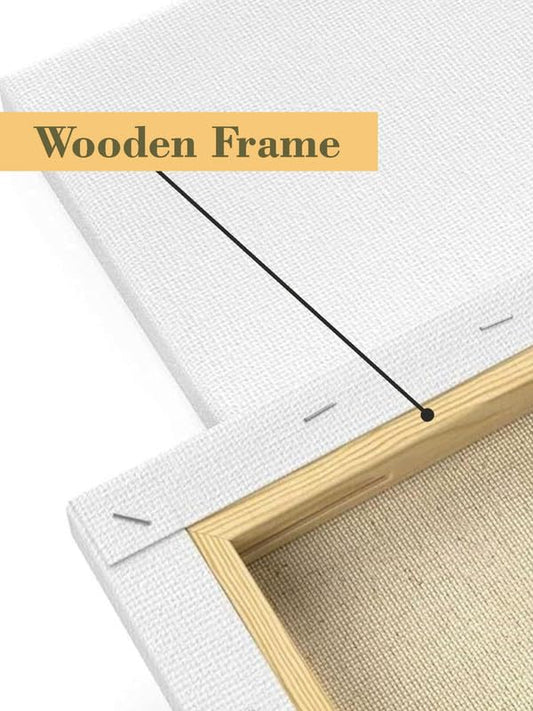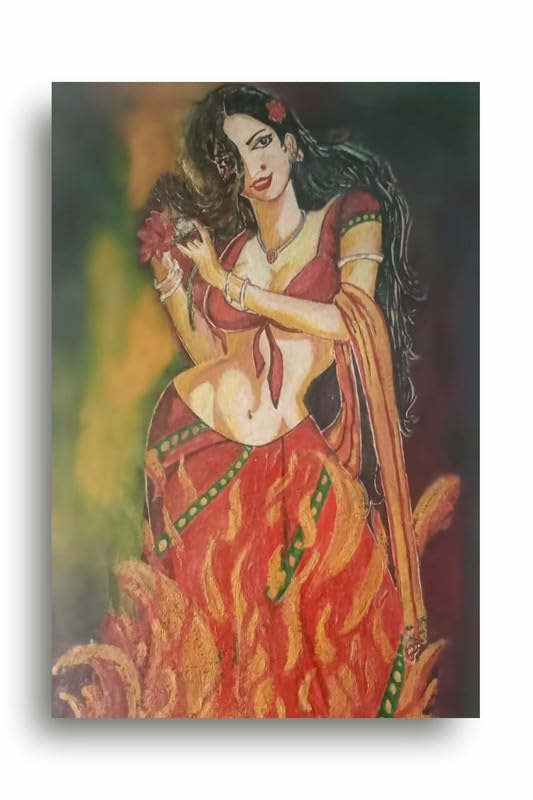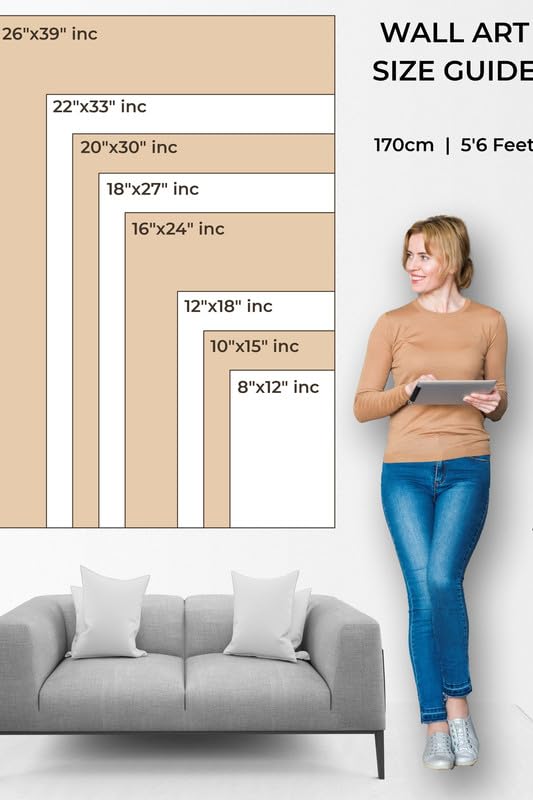
How to Create Dynamic Action Poses in Figure Drawing
How to Create Dynamic Action Poses in Figure Drawing
Figure drawing is one the skills for any artist and especially those of us interested in illustrating movement and energy in our work. Capturing dynamic action poses gives life to the figures you're drawing, creating a vibrant and engaging feel. Now, let's go deeper into practical tips and techniques on how to create dynamic action poses in figure drawing.
1. Understand the Basics of Human Anatomy
A good foundation in human anatomy will be required to draw action pose correctly: Know the skeletal structure and major muscle groups so that the knowledge goes to understand how the body moves. Observe joints, because that's the key to knowing how much range of motion there should be. Anatomy studies and life drawing will do wonders for your insight.
2. Gesture Drawing
Gesture drawing is that technique by which you rapidly sketch the essence of the pose, capturing the movement and energy therein. For the sake of time, limit yourself to short time frames and encourage all this spontaneity and fluidity that needs to take place for good drawings. Pay more attention to the major flow of the body rather than all the detailed stuff. This will essentially lead your figure drawings having a sense of rhythm and balance.
3. Body Divided into Major Forms Sometimes you can take human anatomy and break it up into basic forms such as cylinders, spheres and boxes which helps you see the action pose more easily. Use these simple shapes to make up your figure, then detail in. This enables you to make sure that the proportions and perspective of the figure are retained while allowing you to place attention on the dynamic element of the pose.
4. Express Weight and Balance
Typically dynamic positions involve the displacement of weight and balance. To effectively depict this you will want to use the concept of a center of gravity. Bent limbs, raised arms, or extended legs all suggest movement. Draw the figure's lines of action-an imaginary line that flows through the figure to indicate its balance and motion. This will contribute to the illusion of reality in your artwork.
5. Practice Foreshortening
Foreshortening is a technique that creates the illusion of depth and perspective in your drawings. When a part of the body is closer to the viewer, it appears larger than the parts that are further away. Practice drawing limbs and other body parts in various positions to understand how they appear when foreshortened. This technique can add drama and impact to your action poses.
6. Study Dynamic References
Observe life action poses by using professional athletes, dancers, or performers; this should motivate you in making some great action or dynamic poses. You can take some reference images or go to some live performance to capture action movements. Observing various figures interacting with their environment will further your awareness of the dynamic pose interaction with the surroundings.
7. Use motion lines and effects
Create movement in your sketches using motion lines or effects. These features can indicate movement and direction and have been used to convey energy in an action. For example, to draw a running figure, lines at the feet followed upwards can explain the pathway that was taken by the movement.
Conclusion
Figure drawing allows achievement of great dynamic poses with such knowledge of anatomy, gesture drawing, and perception of motion. By simplifying forms, capturing weight and balance, and applying techniques such as foreshortening, you actually have a way to add life to your figures. Practice regularly, study references, and just have fun experimenting with different poses. Soon enough, your figure drawings will burst with energy and vibrancy.
How to Create Dynamic Action Poses in Figure Drawing

